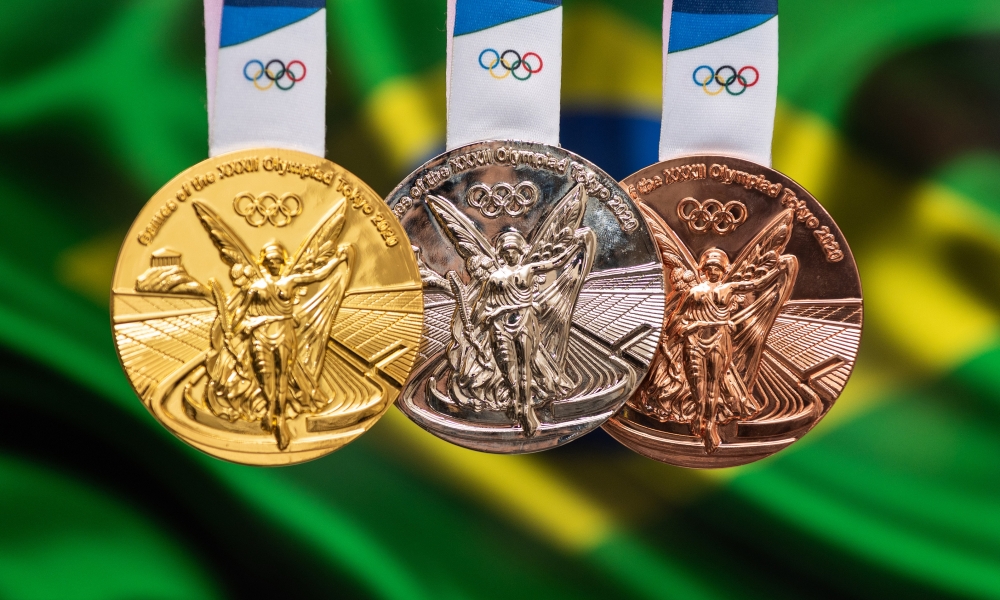The olympics used to award medals for art

The Olympics: Beyond Sports, A Celebration of Art

The Olympics, renowned for its fierce athletic competitions and global unity, has a lesser-known history that stretches beyond the realms of sports. Did you know that in the early editions of the Olympics, medals were awarded not only for athletic prowess but also for artistic excellence? Yes, that’s right! Once upon a time, the Olympics recognized and celebrated the creative accomplishments of artists from around the world.
The inclusion of art in the Olympics originated back in the early 20th century when Pierre de Coubertin, the founder of the modern Olympic Games, envisioned a platform where various art forms could shine alongside sports. Thus, he established art competitions as an integral part of the Olympic program.

The art competitions were divided into five categories: architecture, literature, music, painting, and sculpture. Contestants were required to submit their works, which were then judged by esteemed artists and experts. Medals were awarded to the winners, standing side by side with their athletic counterparts.
The art competitions provided artists with a global stage to showcase their talents and gain international recognition. The inclusion of art not only promoted cultural exchange but also highlighted the importance of artistic expression and creativity in human society.
Over the years, numerous remarkable artworks earned recognition and accolades during the Olympics. From stunning architectural designs to captivating paintings, the art competitions mirrored the diverse and vibrant nature of the artistic realm.
However, as time progressed, the art competitions faced challenges and controversies, leading to their eventual removal from the Olympic program. Critics argued that the art competitions lacked the objectivity of sports and were difficult to judge impartially. Additionally, the boundary between amateur and professional artists became blurry, questioning the integrity of the competitions.
Although the art competitions’ journey in the Olympics may have come to an end, their legacy remains an intriguing and noteworthy part of Olympic history. The recognition that the Olympics provided to artists worldwide shed light on the significance of art as a powerful mode of creative expression.
While the Olympic Games continue to captivate audiences with thrilling athletic performances, let us not forget the role that art once played on this grand stage. The Olympics, once a celebrator of artists and athletes alike, showcased the harmonious coexistence of exceptional talents.
Nowadays, we marvel at the incredible feats of athletic prowess during the Olympics, but let’s also take a moment to appreciate the lasting impact of the art competitions. As we witness the competitions, let us remember the time when the Olympics not only celebrated the strength of the body but also the power of the human spirit by recognizing the boundless creativity of artists worldwide.
(Source: The Atlantic)
Tags
Share
Related Posts
Quick Links
Legal Stuff

